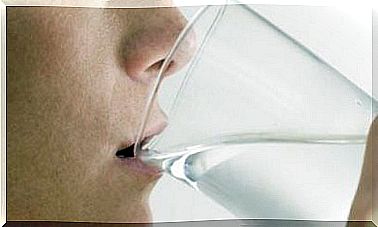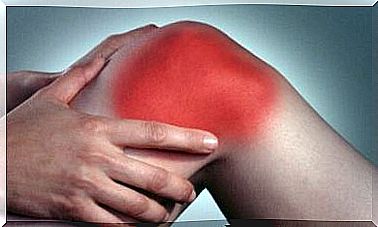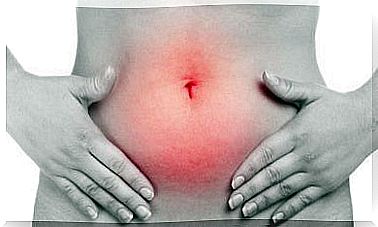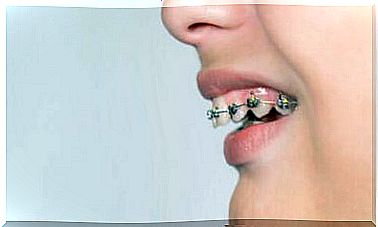Types Of Synovial Joints
Synovial joints are those in which the bone elements that maintain contact with each other are separated by a cavity. They are surrounded by a disk-shaped joint capsule that encloses the synovial cavity and joins the bones of the joint.
Characteristics of synovial joints
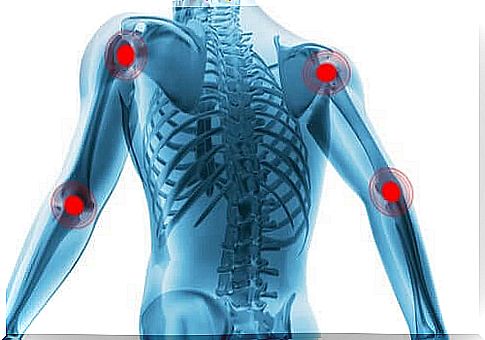
First, they have a layer of cartilage that covers the articular surfaces of the skeletal elements. Thus, the bony surfaces do not come into direct contact. Therefore, when these joints are seen on x-rays, it appears that there is a large amount of space between the adjacent bones.
A second feature of synovial joints is the presence of an anterior capsule consisting of an inner synovial membrane and an outer fibrous membrane.
The synovial membrane
This membrane attaches to the margins of the joint surfaces at the interface between cartilage and bone, and surrounds the joint cavity.
The synovial membrane is highly vascularized and produces synovial fluid, which accumulates in the joint cavity and provides lubrication to the joint surfaces.
There are also closed sacs of synovial membrane outside the joints, where they form synovial pouches or tendinous sheaths. Bags often interpose between structures such as tendons and bones, tendons and joints, or skin and bone, and reduce the friction of one structure as it moves over another. The tendon sheaths surround the tendons and also decrease friction.
the fibrous membrane
It is formed by dense connective tissue and surrounds and stabilizes the joint. Parts of the fibrous membrane can thicken to form ligaments, which further stabilize the joint. Ligaments outside the capsule often provide additional reinforcement.
Other characteristic structures of synovial joints
Another common feature of synovial joints is the presence of additional structures within the area encompassed by the capsule or synovial membrane, such as:
- Articular discs: usually composed of fibrocartilage. They absorb compressive forces, adjust for changes in the contour of joint surfaces during movement, and increase the range of movement that can be produced in the joints.
- Fat pads : Fat pads are usually found between the synovial membrane and the capsule. In addition, they move in and out of these regions as the joint contour changes during movement.
Types of synovial joints
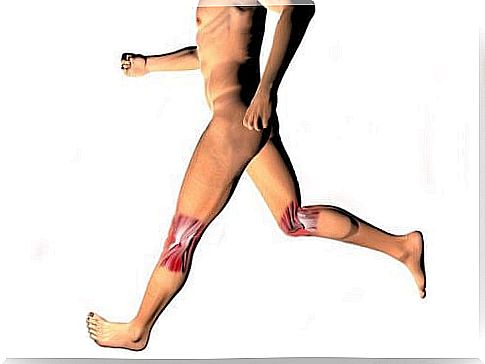
- Flat joints: allow gliding movements when one bone moves over another. Among them, we have the acromioclavicular joint, located in the shoulder.
- Hinge joints: these are joints that allow the movement to be carried out around a transverse axis. In this way, they regulate flexion and extension movements. A hinge joint is the elbow.
- Pivot joints: are those that allow movement around an axis that crosses the diaphysis of the bone longitudinally. Pivot synovial joints regulate rotation.
- Bicondylar joints: primarily allow movement around one axis, with limited rotation around a second axis. They are formed by two convex condyles. These articulate with concave or flat surfaces. In this type is the knee joint.
- Condylar joints: are those that allow movement around axes that are at right angles to each other. In this way, they regulate movements of flexion, extension, abduction and circumduction. This is the case with the wrist joint.
- Saddle joints: are those that allow movement around axes that are at right angles to each other. Its name is due to the fact that the articular surfaces are saddle-shaped. They regulate movements of flexion, extension, abduction, adduction and circumduction.
- Spheroid joints: allow movement around multiple axes. These joints regulate flexion, extension, abduction, adduction, circumduction and rotation movements. The hip has this type of synovial joint.
Conclusion
If it weren’t for the joints, the bones in our body would not be able to move. Therefore, thanks to them, we can perform different movements, such as bending, turning and flexing the various extremities of the body.



